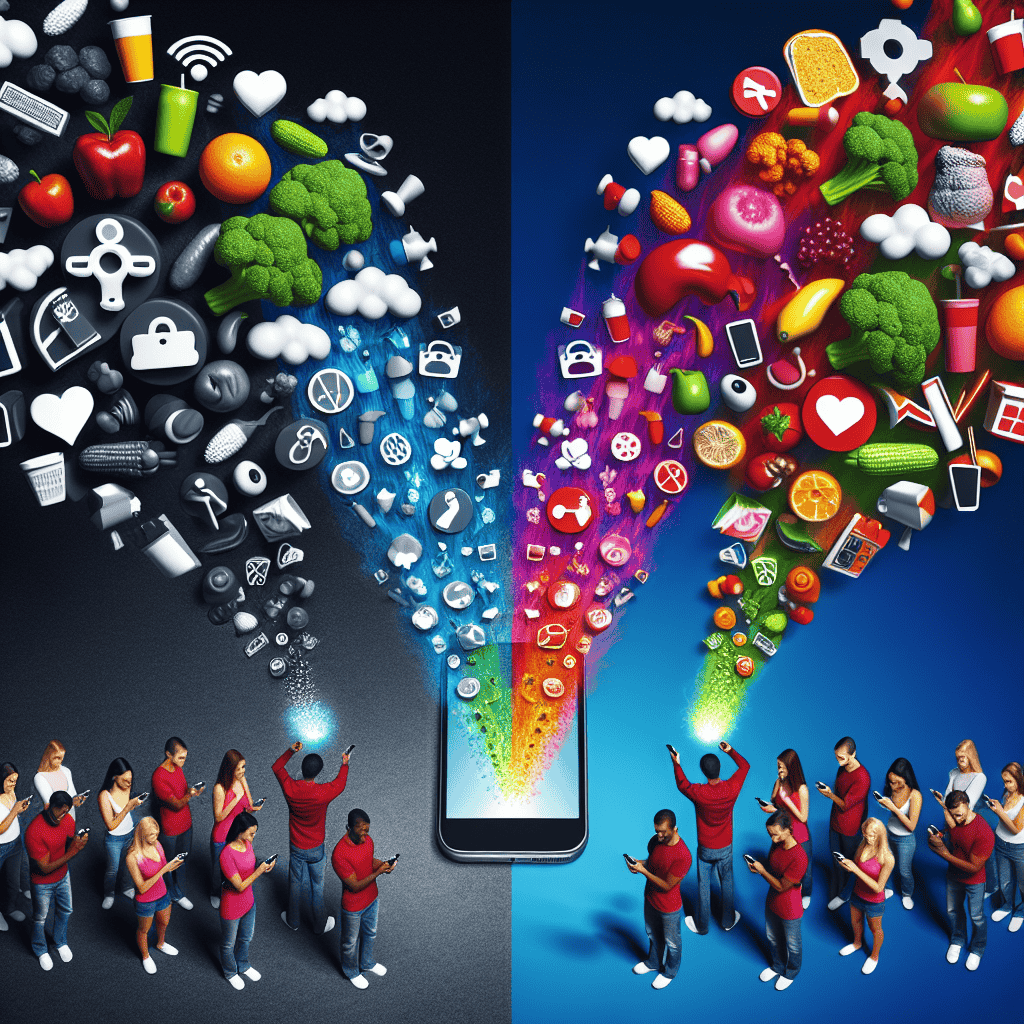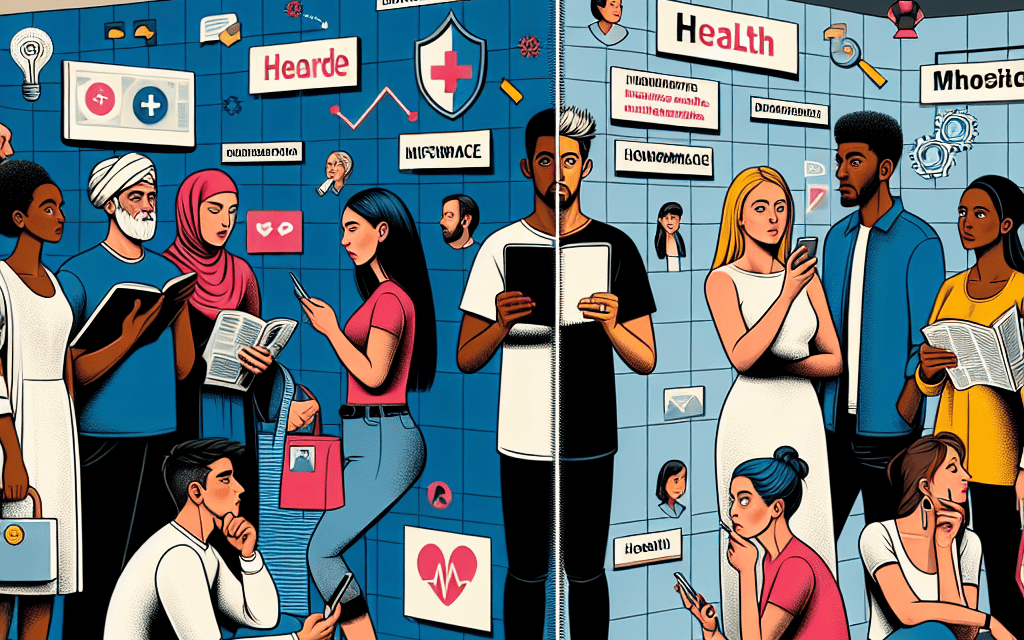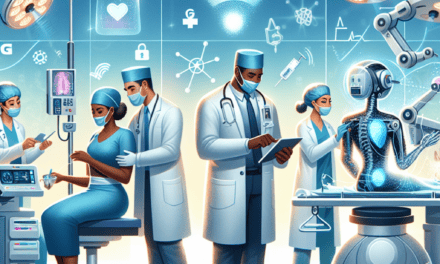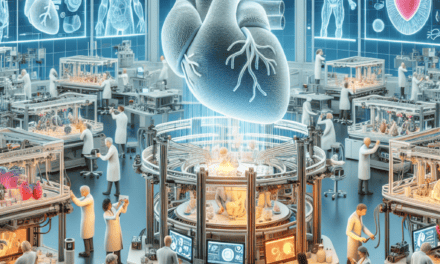-
Table of Contents
- The Impact of Social Media on Health Awareness and Misinformation
- The Role of Social Media in Health Awareness
- 1.1 Amplifying Health Campaigns
- 1.2 Empowering Individuals with Information
- 1.3 Engaging Younger Audiences
- 1.4 Addressing Health Disparities
- 1.5 Challenges in Promoting Health Awareness
- The Spread of Health Misinformation on Social Media
- 2.1 The Nature of Misinformation
- 2.2 Factors Contributing to the Spread of Misinformation
The Impact of Social Media on Health Awareness and Misinformation

In the digital age, social media has become a powerful tool for disseminating information, shaping public opinion, and influencing behaviors. Its impact on health awareness and misinformation is profound, affecting how individuals perceive and act upon health-related information. This article explores the dual role of social media in promoting health awareness and spreading misinformation, examining its implications for public health, individual behavior, and policy-making.
The Role of Social Media in Health Awareness
Social media platforms have revolutionized the way health information is shared and consumed. They offer unprecedented opportunities for health organizations, professionals, and individuals to disseminate information quickly and widely. This section delves into how social media contributes to health awareness, highlighting its benefits and challenges.
1.1 Amplifying Health Campaigns
Social media has become an essential tool for amplifying health campaigns, allowing organizations to reach a broader audience than traditional media. Platforms like Facebook, Twitter, and Instagram enable health agencies to share information about diseases, prevention strategies, and healthy lifestyles.
For instance, the World Health Organization (WHO) and the Centers for Disease Control and Prevention (CDC) have leveraged social media to promote vaccination campaigns, educate the public about COVID-19, and encourage healthy behaviors. These campaigns often use engaging content, such as infographics, videos, and interactive posts, to capture the audience’s attention and convey critical messages effectively.
Moreover, social media allows for real-time interaction and feedback, enabling health organizations to address public concerns, dispel myths, and provide accurate information promptly. This dynamic interaction fosters a sense of community and trust, encouraging individuals to adopt healthier behaviors.
1.2 Empowering Individuals with Information
Social media empowers individuals by providing access to a wealth of health information at their fingertips. Users can follow health experts, join support groups, and participate in discussions about various health topics. This democratization of information enables individuals to make informed decisions about their health and well-being.
For example, patients with chronic conditions can connect with others facing similar challenges, share experiences, and gain insights into managing their conditions. This peer support can be invaluable in improving mental health, adherence to treatment plans, and overall quality of life.
However, the abundance of information on social media also presents challenges. Users must navigate a vast sea of content, discerning credible sources from unreliable ones. This task can be daunting, especially for individuals with limited health literacy or digital skills.
1.3 Engaging Younger Audiences
Younger generations, particularly millennials and Gen Z, are avid social media users. Health organizations recognize the importance of engaging these audiences to promote health awareness and encourage preventive behaviors.
Social media campaigns targeting younger audiences often employ creative strategies, such as influencer partnerships, viral challenges, and gamification. These approaches leverage the power of social networks to spread messages organically, reaching millions of users in a short time.
For instance, the #MoveYourWay campaign by the U.S. Department of Health and Human Services used social media influencers to promote physical activity among young people. By collaborating with popular figures, the campaign successfully reached a wide audience, inspiring many to adopt more active lifestyles.
1.4 Addressing Health Disparities
Social media has the potential to address health disparities by reaching underserved populations with targeted health messages. Health organizations can use data analytics to identify communities with specific health needs and tailor their campaigns accordingly.
For example, during the COVID-19 pandemic, social media played a crucial role in reaching minority communities with information about testing, vaccination, and preventive measures. By using culturally relevant content and language, health organizations were able to engage these communities effectively, reducing barriers to access and improving health outcomes.
However, addressing health disparities through social media requires careful consideration of cultural sensitivities, language preferences, and digital access. Health organizations must work collaboratively with community leaders and stakeholders to ensure their messages resonate with the target audience.
1.5 Challenges in Promoting Health Awareness
While social media offers numerous benefits for promoting health awareness, it also presents challenges. The fast-paced nature of social media can lead to the spread of misinformation, as users may share content without verifying its accuracy.
Additionally, the algorithms used by social media platforms prioritize content that generates engagement, which may not always align with public health goals. This can result in the amplification of sensational or misleading information, overshadowing accurate health messages.
To address these challenges, health organizations must adopt a proactive approach, monitoring social media trends, engaging with users, and collaborating with platforms to promote accurate information. By leveraging the power of social media responsibly, they can enhance health awareness and improve public health outcomes.
The Spread of Health Misinformation on Social Media
While social media has the potential to enhance health awareness, it also serves as a breeding ground for misinformation. The rapid spread of false or misleading information can have serious consequences for public health, influencing individual behaviors and undermining trust in health authorities. This section explores the factors contributing to the spread of health misinformation on social media and its impact on society.
2.1 The Nature of Misinformation
Misinformation refers to false or misleading information that is spread, regardless of intent. On social media, misinformation can take various forms, including rumors, conspiracy theories, and pseudoscientific claims. These narratives often exploit emotions, such as fear or anger, to capture attention and encourage sharing.
For example, during the COVID-19 pandemic, misinformation about the virus’s origins, prevention methods, and treatments proliferated on social media. Claims about unproven remedies, such as drinking bleach or using ultraviolet light, gained traction, posing significant risks to public health.
The nature of social media, with its emphasis on user-generated content and rapid dissemination, makes it an ideal platform for misinformation to thrive. Users may share content without verifying its accuracy, contributing to the viral spread of false information.
2.2 Factors Contributing to the Spread of Misinformation
Several factors contribute to the spread of health misinformation on social media:
- Confirmation Bias: Users are more likely to engage with content that aligns with their preexisting beliefs, reinforcing misinformation.
- Echo Chambers: Social media algorithms create echo chambers by curating content that aligns with users’ interests, limiting exposure to diverse perspectives.
- Influence of Social Networks: Users are influenced by their social networks, often trusting information shared by friends and family over official sources.
- Lack of Digital Literacy: Many users lack the skills to critically evaluate online information, making them susceptible to misinformation.
- Virality of Sensational Content: Sensational or emotionally charged content is





